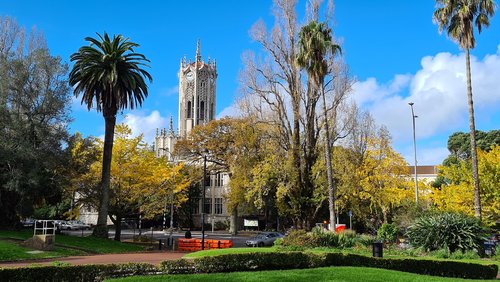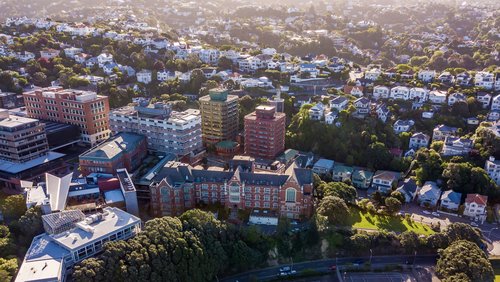20 Sep 2018
Engineering New Zealand wholeheartedly welcomes Infrastructure Minister Shane Jones’ announcement that the government will set up an infrastructure agency in 2019. The rationale for this new agency is to provide greater certainty to the industry and better advice to Ministers to ensure adequate, long-term planning and investment happens.
The previous government adopted Thirty Year New Zealand Infrastructure Plan in 2015. It sets out a vision that “New Zealand’s infrastructure will be resilient and coordinated and contribute to a strong economy and high living standards.” It’s hard to disagree with this. But at the moment, we can’t accurately determine the state of our infrastructure. Pieces of the puzzle are missing. The 2015 Plan acknowledges that asset information and data is patchy, and we lack effective decision-making.
Much of our critical lifeline infrastructure, such as for drinking water, is held by local not central government. There remain big questions about the resources, capability and capacity the local government sector can command to fix broken infrastructure.
The first council infrastructure strategies in 2015 had weaknesses. The Office of the Auditor General found that “assumptions about business continuity, supply-chain access, or natural hazard risk were not often explored.” If we assume that the future is going to be like the past then we will put the wrong infrastructure in the wrong places, and it will fail.
The latest 2018 local infrastructure strategies are stronger. For example, Wellington City Council has taken on board the need to make resilience a priority, which is a good start. And Wellington (like Auckland) provides water services at the kind of regional scale necessary to ensure quality.
Building and Construction Minister Jenny Salesa said at the launch of our report, Engineering A Better New Zealand, “we need to value resilience as a long term goal.” So let’s set resilience as the goal of the new infrastructure agency.
Engineering a Better New Zealand recommends that “resilient infrastructure requires everyone to take collective responsibility for identifying existing system vulnerabilities, improving reliability and redundancy and prioritising upgrading. This requires the crossing of conventional commercial and institutional boundaries, to share information and collaborate for the greater good of all New Zealanders.” Let’s make collaboration the way the new agency tackles its work.
Unsurprisingly, we want to see an engineering-led agency. The reason why is in our report: “Engineers must take a central role in driving this system's thinking, given our understanding of the impacts, and expertise in identifying and resolving the challenges.” Let’s put engineers at the centre of the agency.
Engineering New Zealand leaders recently met with Mr Jones and we were encouraged that he understands the gap in engineering knowledge at the heart of government. We look forward to playing our part.




